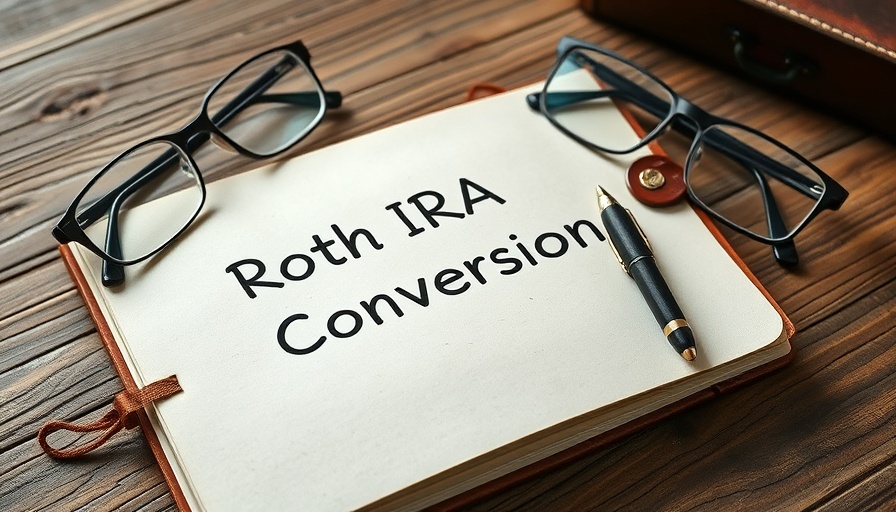
The Strategic Move from Traditional to Roth IRA
Choosing to convert traditional IRAs or 401(k)s into Roth IRAs is gaining traction as a viable strategy for individuals seeking more flexibility in retirement. While both account types enable tax-advantaged growth, the Roth option provides unique advantages that cater to various financial situations. These include tax-free withdrawals and the absence of required minimum distributions (RMDs), which can allow for more effective long-term wealth management and estate planning.
Understanding the Roth IRA Benefits
One of the foremost advantages of a Roth IRA over its traditional counterpart is that all withdrawals—including investment gains—are tax-free. This can significantly bolster your retirement income, especially for those anticipating a higher tax bracket during their retirement years. Additionally, Roth IRAs allow for continued tax-free growth throughout your lifetime, making them an appealing option for those looking to leave a financial legacy to future generations.
Eligibility Restrictions and Their Implications
However, eligibility to contribute directly to a Roth IRA is limited for higher earners, posing challenges for those with high incomes. Consequently, individuals who earn beyond certain thresholds often opt to convert existing traditional retirement accounts into Roth IRAs as the primary strategy to tap into the benefits of tax-free growth and withdrawals. Despite the process being relatively straightforward, it requires careful planning and awareness of tax implications.
Tax Considerations During the Conversion Process
Converting from a traditional IRA or 401(k) to a Roth IRA is classified as a taxable event. This means that the amount you convert will count as income for the year, potentially pushing you into a higher tax bracket. For this reason, consulting with a tax professional or financial advisor is advisable to assess the best timing and strategy for converting funds while managing the tax liability associated with this move.
Five-Year Rule: What You Need to Know
Another critical factor to consider when converting to a Roth IRA is the five-year waiting period for withdrawals of converted funds to avoid incurring a 10% penalty. While contributions can be withdrawn tax-free at any time, it is the gains that are subjected to this waiting rule regulated by the IRS. Understanding how these factors play into your retirement planning can help avoid unexpected penalties.
Who Should Consider Roth IRA Conversions?
Individuals who anticipate being in a higher tax bracket during retirement than they are at present often find Roth IRA conversions especially beneficial. Likewise, younger savers who remain in lower tax brackets may want to convert now while the tax implications are minimized—thereby maximizing their future withdrawals during retirement.
As Brian Bell, a financial expert, mentions: "Looking at the potential effects on your long-term financial situation can provide clarity in decision-making. It’s essential to explore your personal circumstances before proceeding with a conversion. Those nearing retirement should especially weigh short-term tax impacts against long-term benefits carefully."
Moving Forward with a Roth IRA Conversion
For individuals contemplating a retirement strategy that focuses on flexibility and tax efficiency, converting a traditional IRA or 401(k) into a Roth IRA stands out as a prudent option. Careful consideration of your current financial scenario, future income projections, and tax implications can pave the way for enhanced retirement security.
Final Thoughts
Before embarking on a conversion journey, take stock of your current financial health against your retirement goals. Given the complexities surrounding taxes, eligibility, and potential penalties, engaging with financial advisors can furnish you with a roadmap tailored to your environment. If you are interested in learning more about optimizing your portfolio and retirement strategy, start engaging in knowledgeable discussions today!
 Add Row
Add Row  Add
Add 




Write A Comment